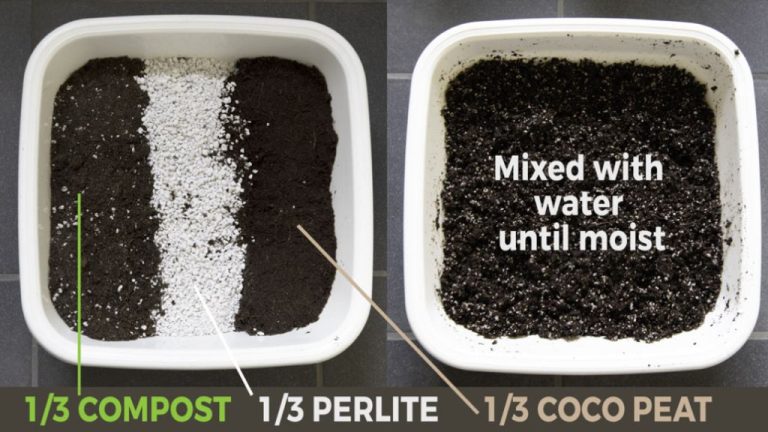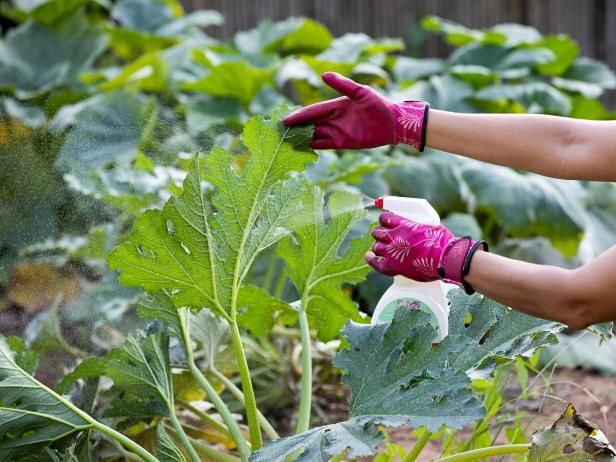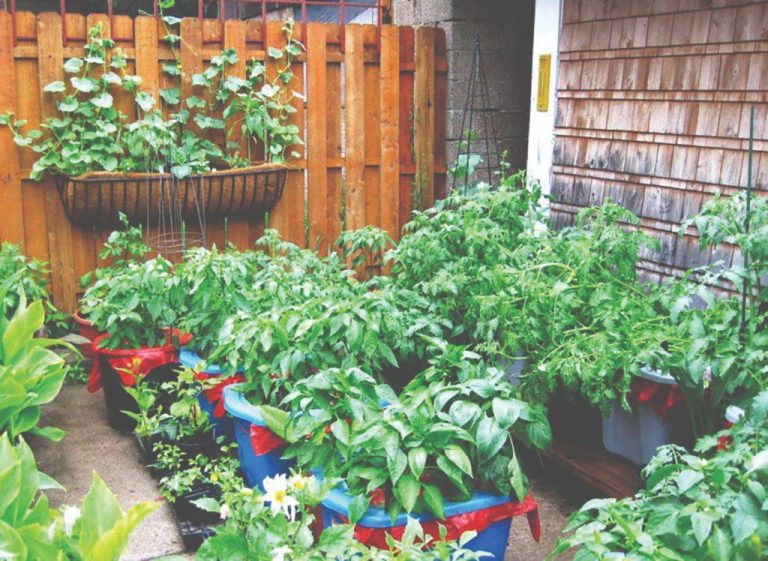Green Walls: Vertical Gardening Ideas For Urban Areas
Green walls, also known as living walls or vertical gardens, are structures that are covered in vegetation and grown vertically. According to https://floraurbanica.com/en/history-of-green-walls/, the concept of green walls dates back to the 1930s when Stanley Hart White, a professor of landscape architecture at the University of Illinois, developed the first green wall system. However, the practice of growing plants vertically can be traced back much further to the hanging gardens of Babylon and vertical gardens of the Aztecs.
Green walls can be grown on both the exterior and interior of buildings. The plants help insulate buildings, improve air quality, and provide aesthetic benefits. There are several types of green wall systems, including green facades that use climbing plants rooted in the ground, living walls with panels or pots attached to the wall, and freestanding walls holding pots or integrated planting beds.
The many benefits of green walls include temperature regulation, noise reduction, improved air quality by filtering pollutants and releasing oxygen, stormwater management, habitat creation for wildlife, and increased real estate value. Green walls boost the mental health of people living and working in urban environments by bringing nature into the built landscape.
Benefits of Green Walls
Green walls provide many benefits for indoor and outdoor spaces. Some of the key benefits include:
Improve air quality: Plants naturally filter pollutants and dust from the air. Green walls can reduce indoor air pollutants such as volatile organic compounds (VOCs) and carbon dioxide. They add oxygen through photosynthesis and absorb toxins. Plants can also trap particulate matter from vehicle emissions outdoors (1).
Reduce noise pollution: Green walls help absorb and block sound. Plants and growing medium create a natural sound barrier that reduces noise from traffic, machinery, and other sources. Green walls can reduce indoor and outdoor noise pollution by up to 10 decibels (2).
Insulate and regulate building temperature: Green wall vegetation creates a layer of insulation for buildings. This reduces heat loss in winter and cooling needs in summer. Evapotranspiration from plants also creates a cooling effect. Green walls can reduce energy costs for heating and cooling by up to 30% (3).
Enhance biodiversity: Green walls support bees, birds, and other pollinators and wildlife. They can connect habitats and act as green corridors in urban areas. Green walls increase biodiversity, especially when native plants are used (4).

(1) https://www.ambius.com/plant-design/green-walls/benefits
(2) https://www.biotecture.uk.com/benefits-of-green-walls/benefits-of-exterior-living-walls/
(3) https://www.asla.org/residentialgreenwalls.aspx
(4) https://www.biotecture.uk.com/benefits-of-green-walls/benefits-of-exterior-living-walls/
Types of Green Wall Systems
There are a few main types of green wall systems to choose from:
Green Facades
Green facades involve training climbing plants up specifically designed supporting structures on building walls. The plants are rooted in the ground at the base of the building and use the vertical trellis structure to spread upwards along the wall. Common climbing plants used include ivy, Virginia creeper, climbing hydrangea, and Boston ivy (Green Walls – What Are They and What do They Cost?).
Living Walls
Living walls, also called vertical gardens, contain modular panels that hold growing media and vegetation. The panels are attached to a structural wall or frame. This type of green wall relies on irrigation and does not need to be rooted in the ground. Living walls allow for a wider diversity of plant types since the plants do not need to be climbers (Green Walls | Let’s Talk Science).
Freestanding Green Walls
As the name implies, freestanding green walls stand on their own without being attached to an existing structural wall. They can use trellises, stacked planting beds, or a frame system. Freestanding green walls are versatile since they don’t rely on existing architecture. They can be moved and reconfigured as needed.
Choosing the Right Plants
When selecting plants for a green wall, it’s important to choose varieties that are hardy, low-maintenance, and suited to the light conditions they will receive. Focusing on plants native to your climate is recommended, as these species will be accustomed to local conditions like humidity, rainfall, and temperatures (LiveWall Vertical Plant Wall System).
Some excellent options for indoor green walls include:
- Pothos – An easy to grow vine that can tolerate low light. Its heart-shaped leaves cascade attractively down a wall (10 Best Plants For Indoor Living Walls – Ultimate Guide).
- Ferns – Tough, resilient plants that thrive in shady spots. Varieties like Boston fern or bird’s nest fern work well.
- Peperomia – Succulent-like foliage stays compact. Great for adding color and texture.
- Tradescantia – Gorgeous purple leaves that practically glow. Withstands neglect.
Avoid delicate plants or those with picky care requirements. Focus on hardy varieties that can handle the vertical growing environment and natural fluctuations in moisture, light, and humidity.
Installing a Green Wall
Installing a green wall takes careful planning and preparation. The first step is assessing the site where the green wall will be installed. Consider the sunlight exposure, weather conditions, wind load, and irrigation access. North-facing walls work well for green walls in hot climates since they don’t get direct sun. Concrete or brick walls provide the most secure mounting surface. Make sure the wall has adequate structural support to hold the weight of the plants and vertical garden system.
Next, choose an appropriate green wall system based on your climate and plant selections. Modular panel systems like Greensmart Dekor Artificial Foliage Fern Wall Panels are low maintenance and allow for easy plant replacement. Felt systems involve planting directly into vertical panels. These allow more plant diversity but require more intensive maintenance. Hydroponic systems circulate nutrient-rich water without soil and are ideal for edible green walls.
Installing the frame and irrigation system is key for supporting healthy plant growth. Aluminum frames allow mounting panels directly to the wall. Make sure to include an integrated irrigation system with timer controls. Drip irrigation systems help conserve water by delivering it directly to plant roots. Position tubing behind panels with emitters spaced every 6-12 inches.
Finally, plant selection and placement is important for aesthetics and performance. Choose plants suited to your light conditions and climate. Foliage plants like ferns, ivy, and succulents work well. Plant the tallest specimens on the bottom with shorter plants above. Allow enough space between plants for future growth. Place plants in the panels or grow pockets following your design. Cover any exposed frame or wall space with filler plants like baby tears or creeping fig.
Maintaining a Green Wall
Maintaining a green wall requires watering, pruning and replacing plants as needed. Controlled watering to keep the plants consistently moist but not saturated is key. The green wall maintenance process involves regular check-ups to prune plants and remove spent foliage to encourage healthy new growth.
It’s important to monitor for pests like aphids which can infest plants. Living wall maintenance may require using organic pest control methods if an infestation occurs. Systematically inspecting all components and ensuring proper water flow is part of routine green wall maintenance. Any malfunctioning parts like clogged irrigation components or growing medium panels should be replaced.
With consistent care, pruning and inspection, a green wall can thrive for many years. Proper maintenance keeps plants healthy while minimizing pests and system issues.
Green Wall Ideas for Homes
Green walls can spruce up any home and provide numerous benefits. Here are some popular ideas for residential green walls:
Small Outdoor Living Wall
A small green wall on a porch, patio, or balcony is an easy way to bring nature into your outdoor living space. Choose hardy succulents or trailing plants in a simple vertical planter. This adds visual interest and can provide privacy screening. Plants can help filter pollutants from vehicle exhaust in urban areas.
Kitchen Herb Wall
Install a vertical herb garden in or near the kitchen to have fresh seasoning within arm’s reach. Leafy herbs like mint, basil, oregano, and thyme grow well in green wall planters. Place near a window for sunlight. It’s an attractive and functional addition to your cooking space.
Green Wall for Privacy
Strategically place larger exterior living walls on fences, garden walls, or the home itself to increase privacy screening from neighbors. Lush trailing plants like ivy quickly cover vertical surfaces with green foliage. This creates a beautiful natural barrier and more secluded outdoor living spaces.https://www.ambius.com/resources/plant-care/ultimate-guides/green-walls
Green Walls for Businesses
Installing a green wall can be a great way for businesses to improve their office environment and brand image. The lush greenery can help create a relaxing workspace while also showcasing the company’s commitment to sustainability. According to Calico Greens source, commercial green walls are growing in popularity for businesses and commercial spaces.
One major benefit of green walls for offices is improving air quality. The plants naturally filter out pollutants and increase oxygen levels. This can boost productivity and focus while reducing sick days. The green walls also absorb sound, helping create a quieter workspace. Visually, the green wall brings nature indoors and makes the space more inviting with pops of color.
For restaurants, green walls on patios are an eye-catching way to brand the space. The vertical gardens can incorporate a logo or signage within the design. They also provide a living backdrop for outdoor dining. According to Hoffman Design Group source, green walls can help attract new customers to a business looking to appear fresh and modern.
Whether improving office productivity or patio ambience, green walls allow businesses to make sustainability part of their brand image. The living walls showcase values to customers while benefiting the indoor or outdoor environment.
Community Green Wall Projects
Green walls are increasingly being installed in public spaces to benefit communities. Schools, parks, and neighborhood walls are ideal locations for community green wall projects. These shared green spaces allow more people to enjoy the benefits of plants and gardening.
School garden walls create opportunities for students to learn about plants, science, art, and the environment. Outdoor green walls at schools provide a relaxing natural space for students and staff. Some schools have students help design, build, and maintain the living wall as an educational initiative. The plants can be incorporated into lessons and activities across various subjects.
Public parks are finding innovative ways to add green walls. Park installations may feature edible plants, native species, or recreation-themed designs. Living walls help bring nature into parks located in dense urban areas lacking in greenery. They provide park visitors with an oasis and place to unwind. Parks can also involve the community in planting and caring for the green wall.
Artists are teaming up with neighborhoods to create community murals that double as living walls. These collaborative projects bring residents together and add character to the area. The vertical gardens become a source of pride and unity in the community. They help build relationships between neighbors while improving the aesthetics of previously bleak spaces.
Community green walls enrich public areas with natural beauty. They promote sustainability, mental health, learning, and relationships when created for the benefit of all. With thoughtful design and care, living walls can leave a lasting positive impact on communities.
Future of Green Walls
Green walls are gaining popularity as their benefits become more widely known. According to Forbes, sales of green walls are expected to grow significantly in the coming years. One reason for this increasing popularity is the many benefits green walls provide. Studies show they can improve air quality, reduce noise pollution, provide insulation, and even boost employee productivity.
New technologies are also driving the expansion of green walls. Advances in hydroponic systems, irrigation techniques, and modular panels make installing and maintaining green walls much easier. Companies like LiveWall and Sagegreenlife offer comprehensive green wall systems designed for a wide range of settings. With these technologies, green walls have become more affordable and practical for large-scale projects.
As cities strive to become more sustainable, green walls will likely play an important role. Green walls help combat the urban heat island effect, reduce a building’s energy consumption, filter pollutants from the air, and provide connection to nature. High-profile projects like the green wall at Mexico City’s Chapultepec Station demonstrate the potential for green walls to transform urban landscapes. Integrating vertical gardens into building design can help create healthier and more livable cities.






